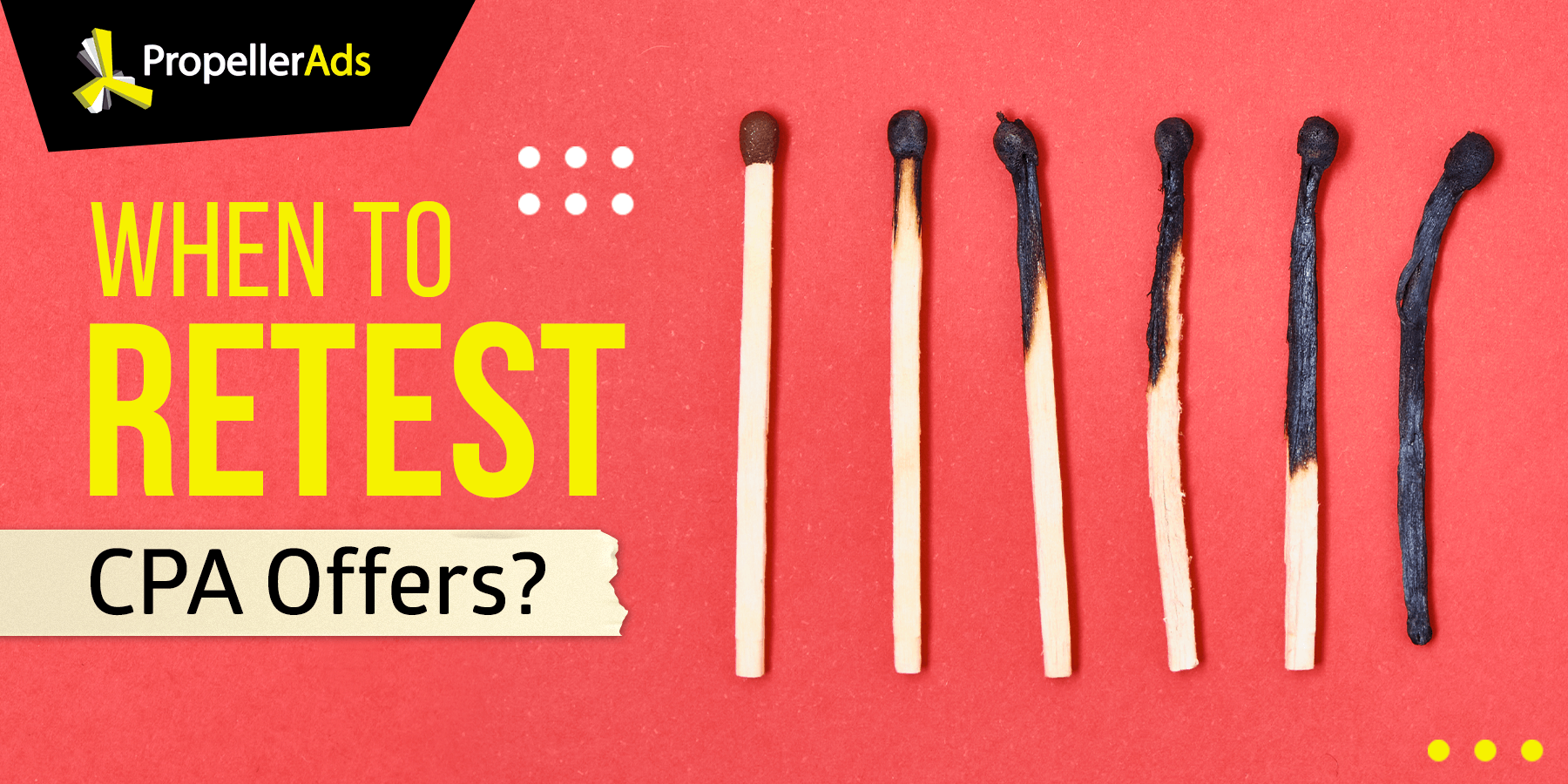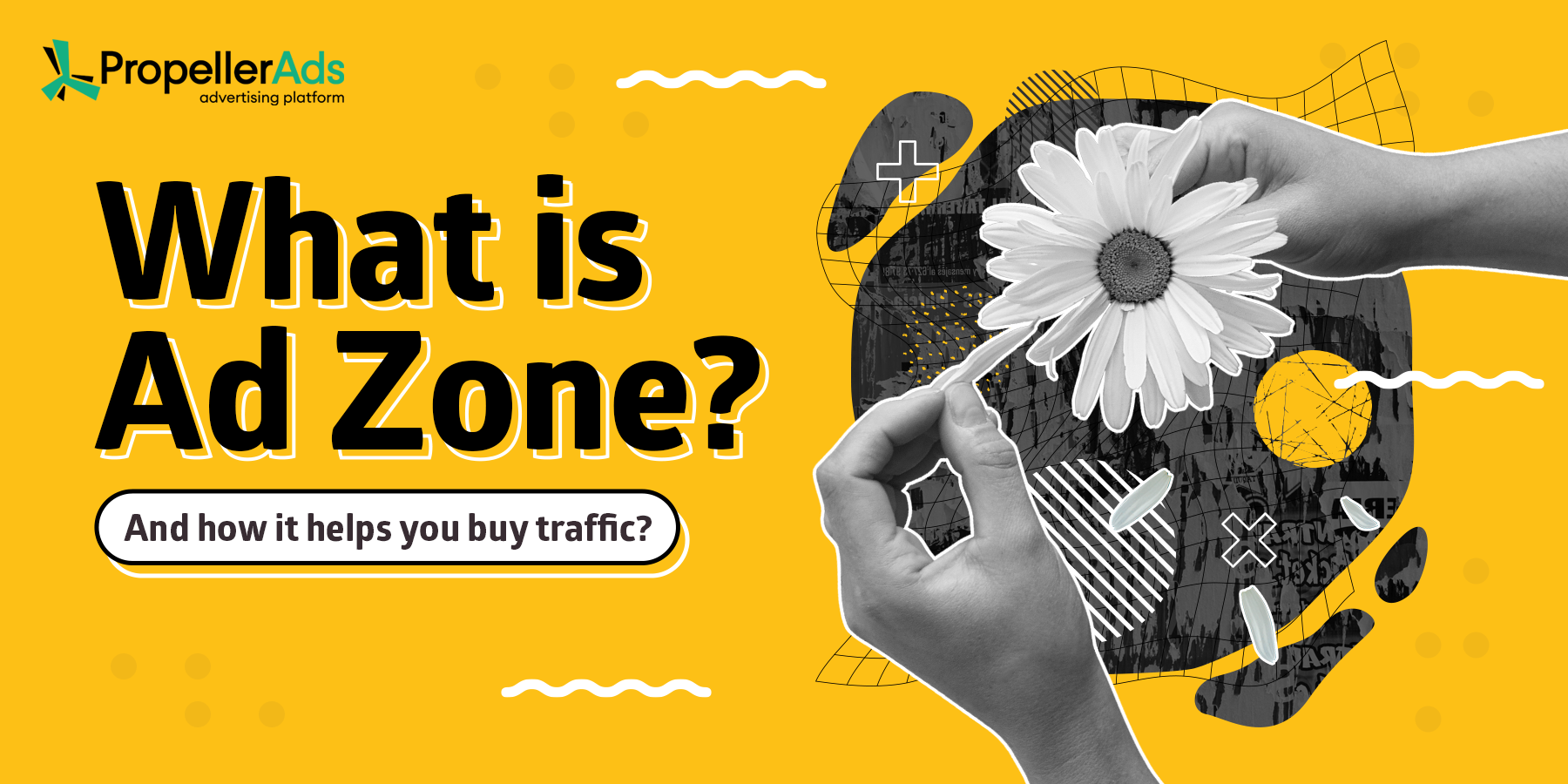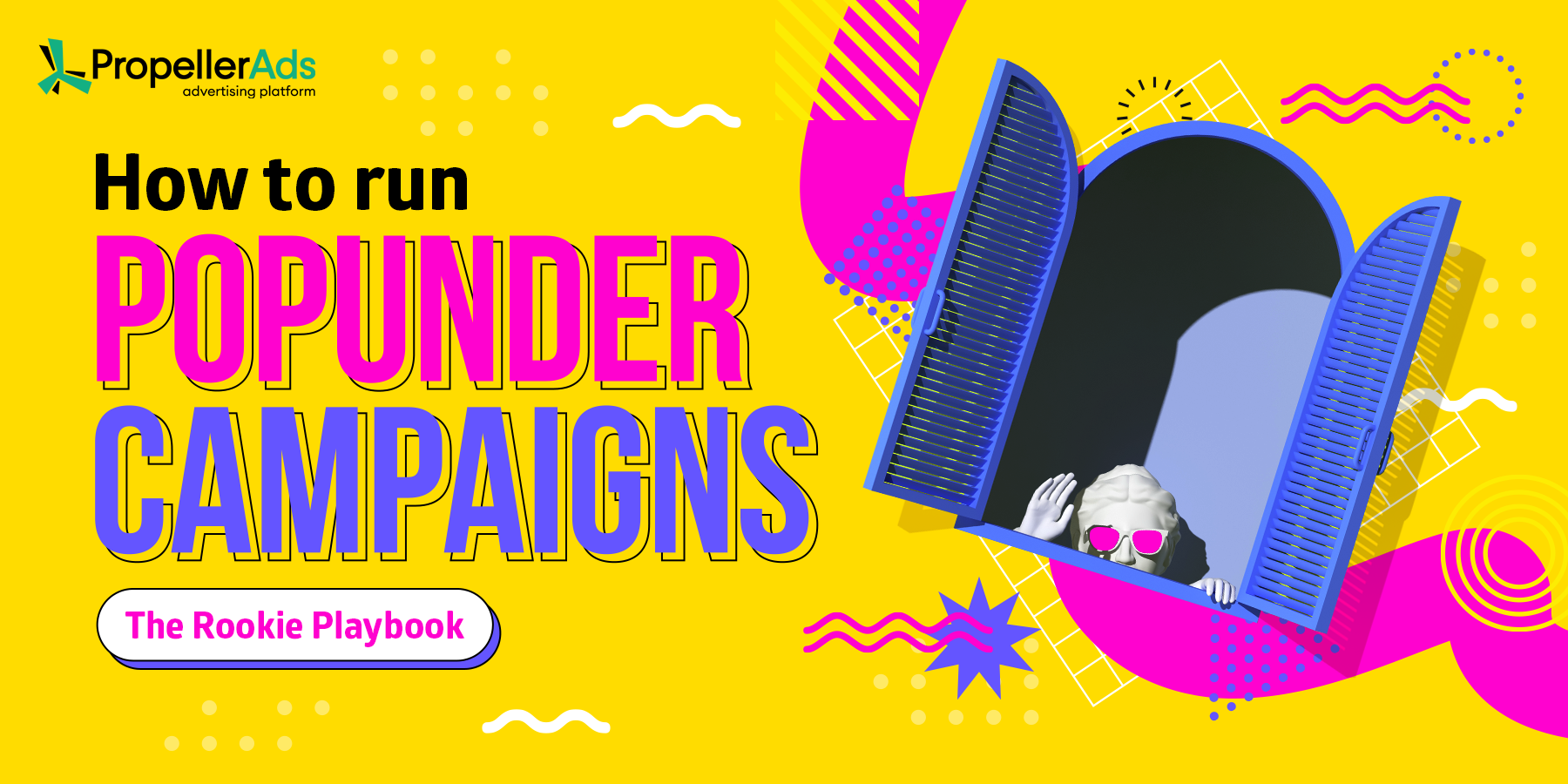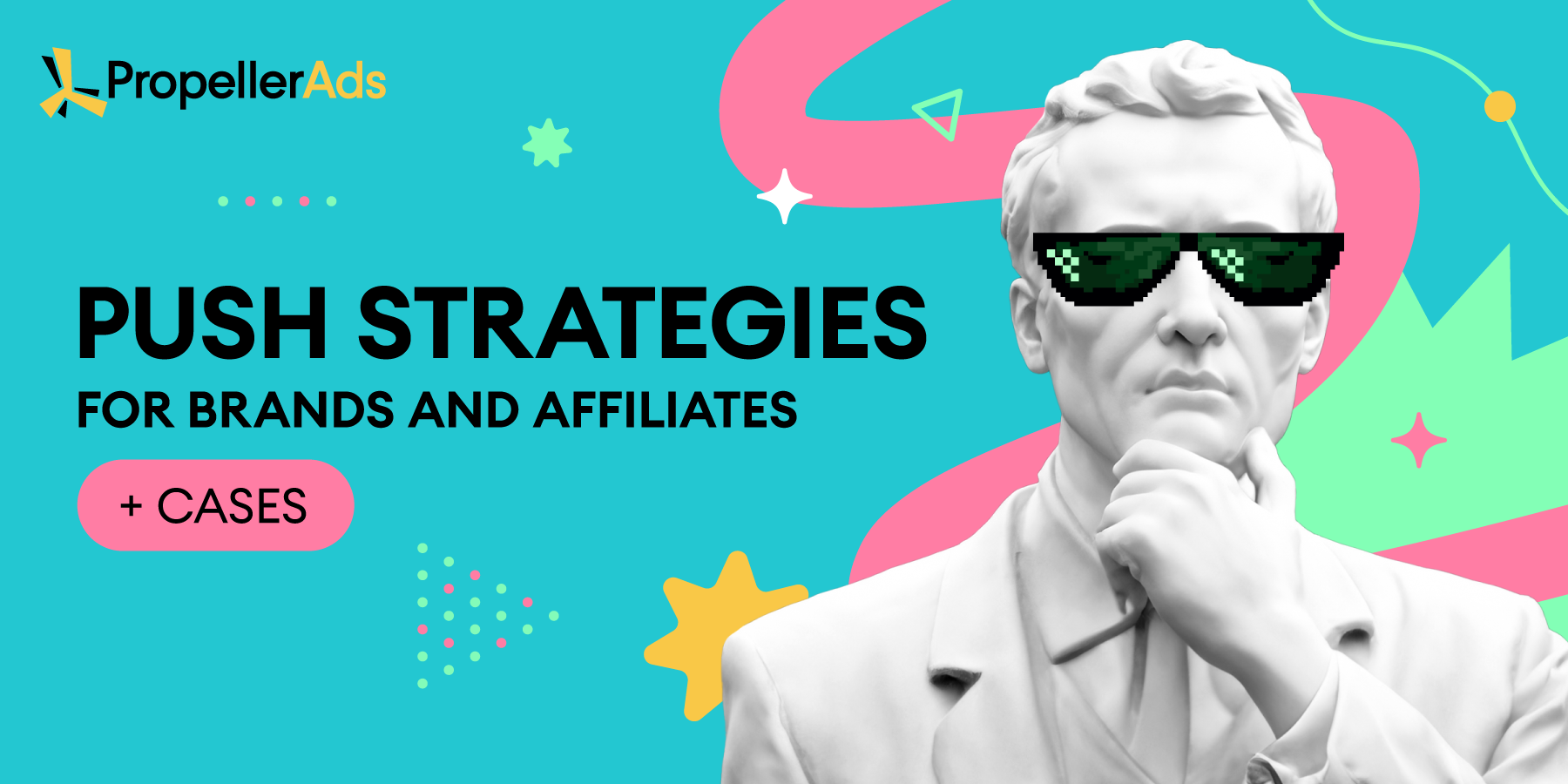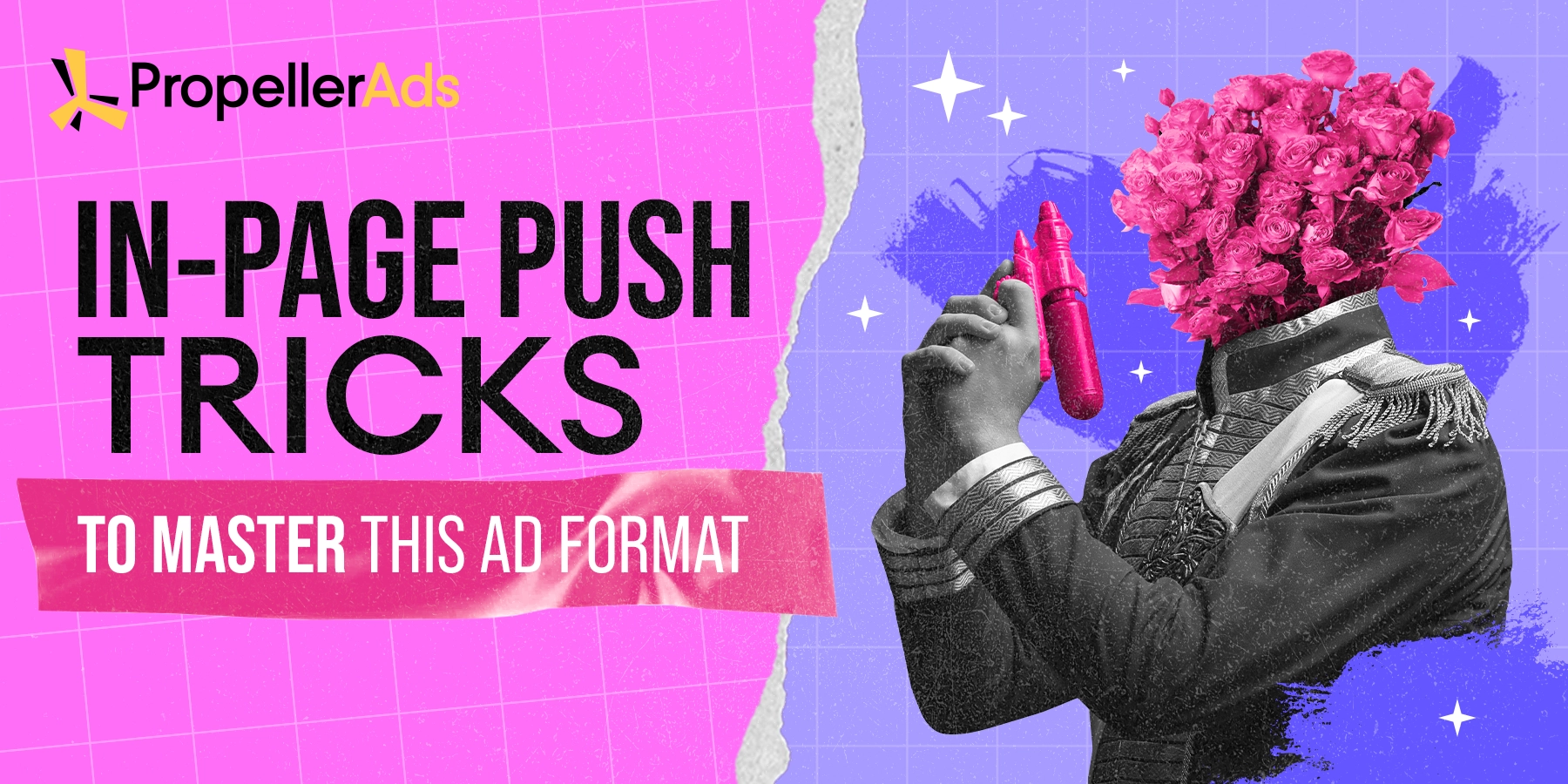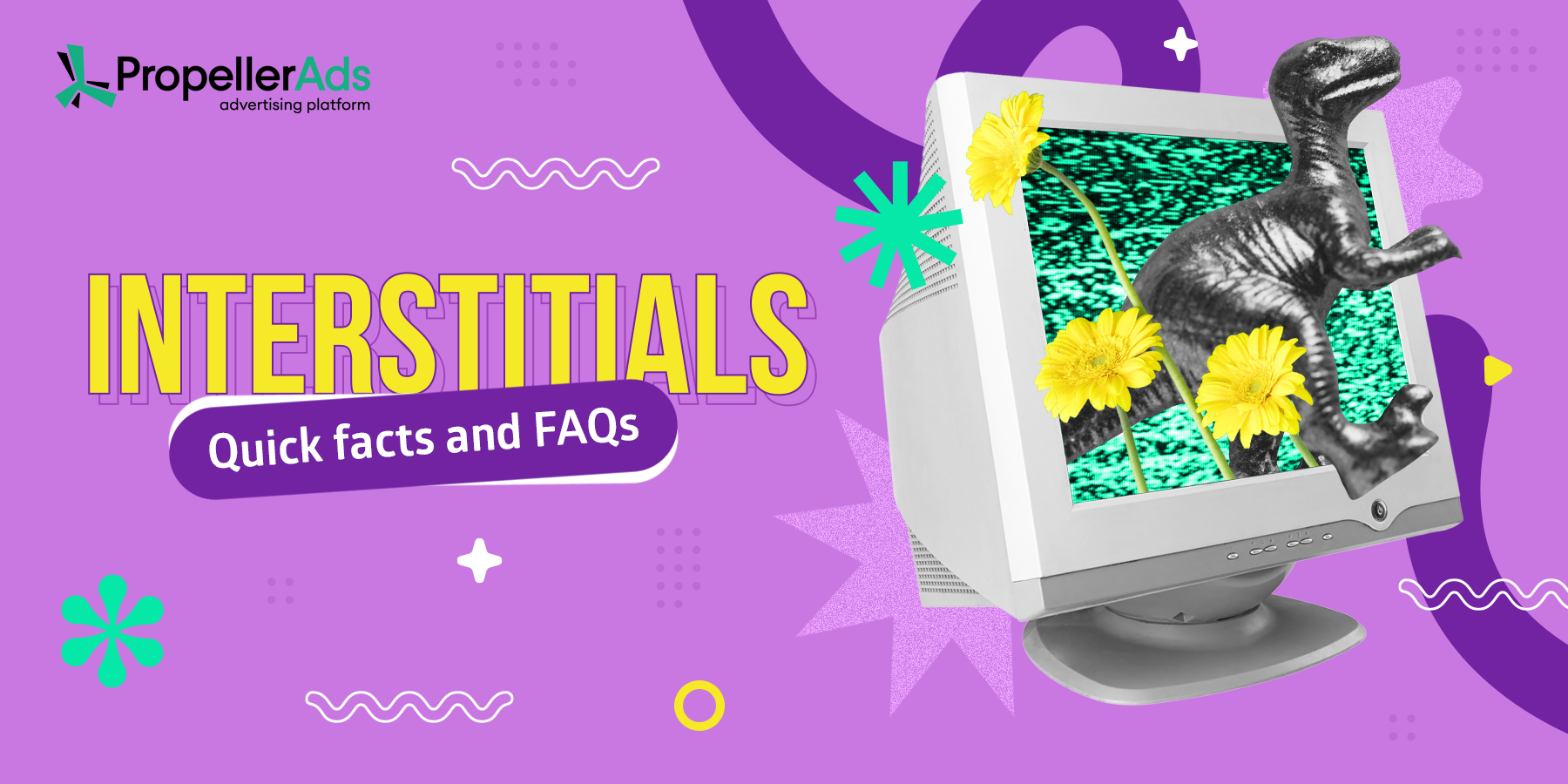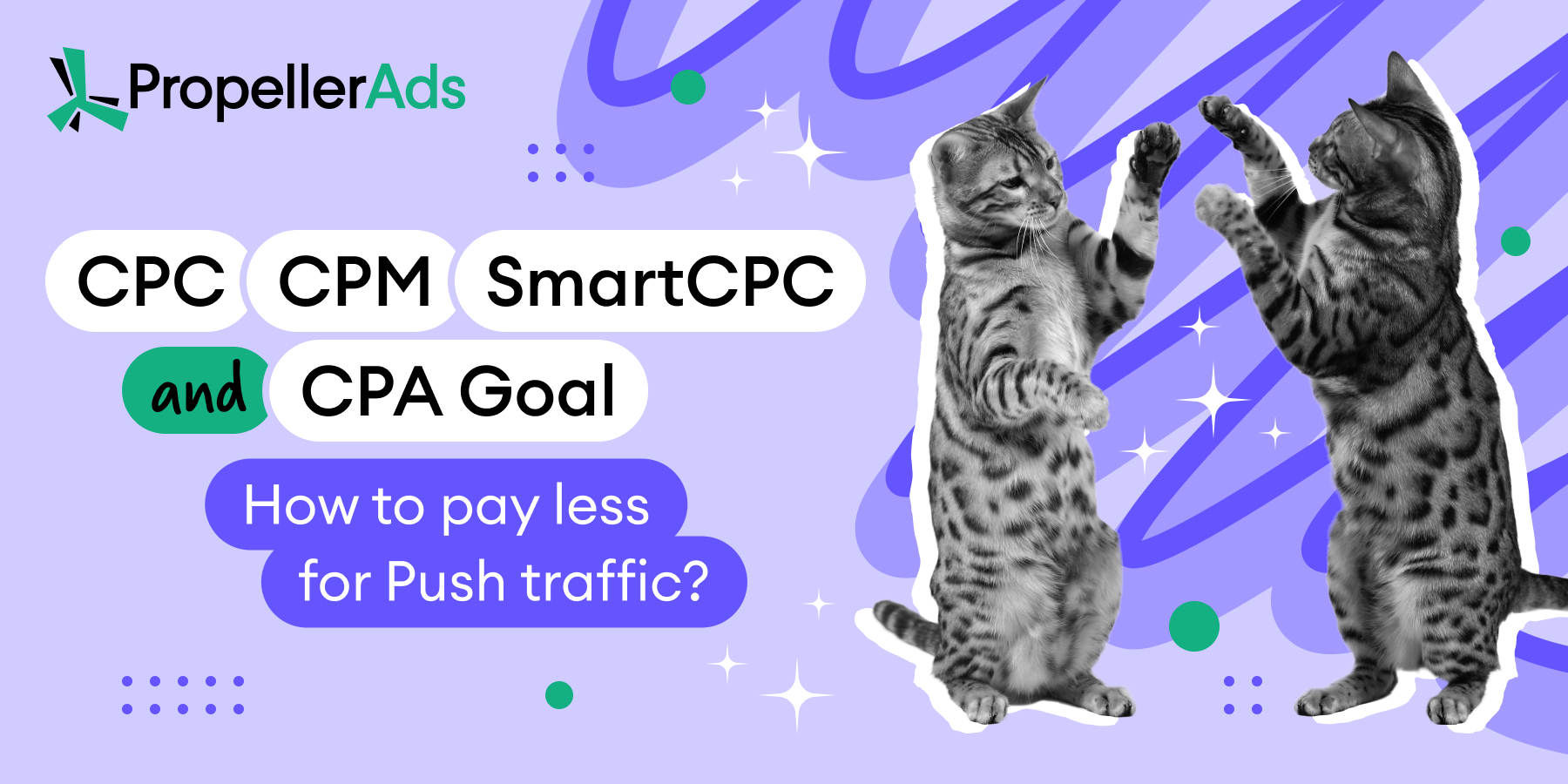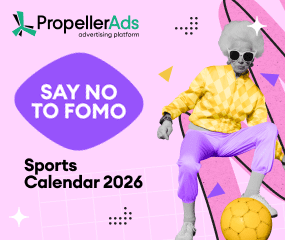The Real Optimization Learning Curve in Media Buying
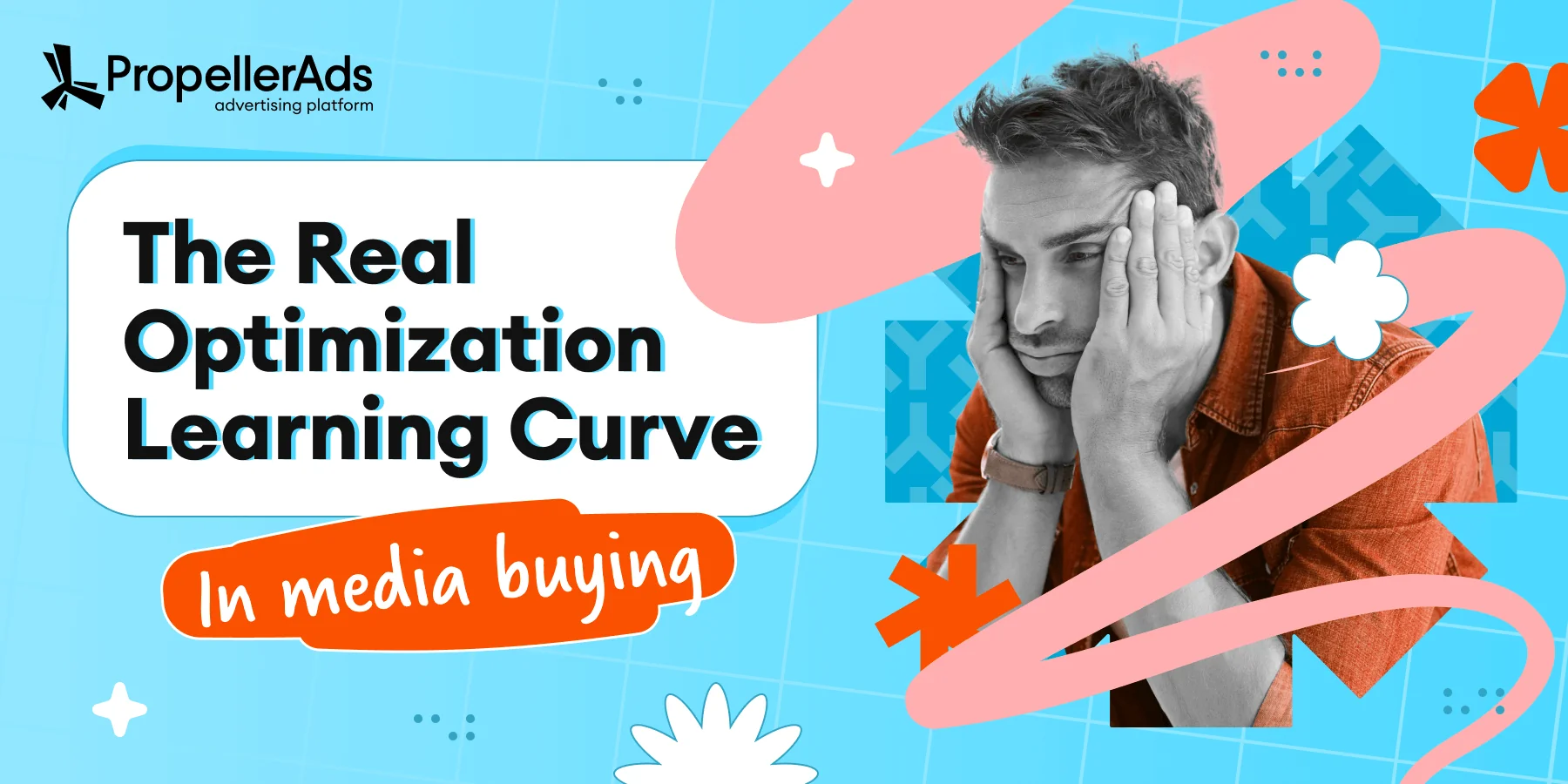
Let’s be honest: the media buying learning curve is a thorny climb. Beginners often look for secret hacks and magic buttons, but veterans know that red figures in your stats are inevitable – it’s just about how quickly you turn them green.
It takes rigorous testing, careful optimization, data analysis, and then… more testing. Even experienced affiliates face it each time they start working with a new vertical, GEO, or traffic source.
The good news? Once you understand the stages, you’ll shorten your curve dramatically.
Stage 1: Initial testing
To shorten the curve, we need to go through the whole process, which starts from the initial testing.
Usually, initial testing is to validate your offer-creative-landing combo. Test different combinations (we recommend starting with four sets and adding one or two new ones after a few days). And don’t forget to test our machine-learning-based Auto Creatives, especially if you’re short on time.
Common mistakes: expecting profit from the first clicks, relying on a small amount of data, and… failing to check your settings.
Imagine you launch your first push campaign and see only 12 clicks, $15 spend and zero conversions by the end of the day. A mistake would be to assume it’s dead and pause it. Remember that in most cases the audience just needs more time to click through. If you don’t like the first results, try rebooting with three different creatives and triple your sample size.
And as for the settings to check, we insist that you take this advice seriously. Our professional media buyer, Serge Abramov, highlights a possible situation for all the lazy bones:
“One classic rookie move: I set my bid to $0.10 CPC instead of $0.01 – ten times higher than intended. Or punched in $1.00 CPM instead of $0.10. Suddenly, I’m buying traffic at ten times the cost I’d planned, and my entire budget just vanishes down the drain because I’m overpaying.”
Key advice: never judge after just 10-20 clicks. Split-test multiple creatives, landing pages, and even offers. Check everything at least a couple of times before you launch.
Stage 2: Data gathering
So, obviously, for optimization, data is king – the more comprehensible details you can collect and interpret right, the better your chances for success. On the data gathering stage, you should remember the following:
Goal: collect reliable metrics: CTR, CR, ROI, landing page CTR. At this point, you should focus only on data, without chasing profit.
What can happen:
- Your numbers are all red: getting no profit at this stage is normal, so don’t be scared and just continue testing.
- You go from negative to zero: if your revenue (payout per conversion) exactly matches your ad spend over a given timeframe and gives you 0 ROI (meaning, you got back what you’ve paid), it’s a signal you’ve found something worth scaling.
- You get immediate profit: very rare, but requires investigation – why did this combo “pop” so fast? Was it a particular image or text? Specific timing? Specific language? Sometimes, it could be a situational spike; sometimes, another scaling opportunity, worth including in your new test.
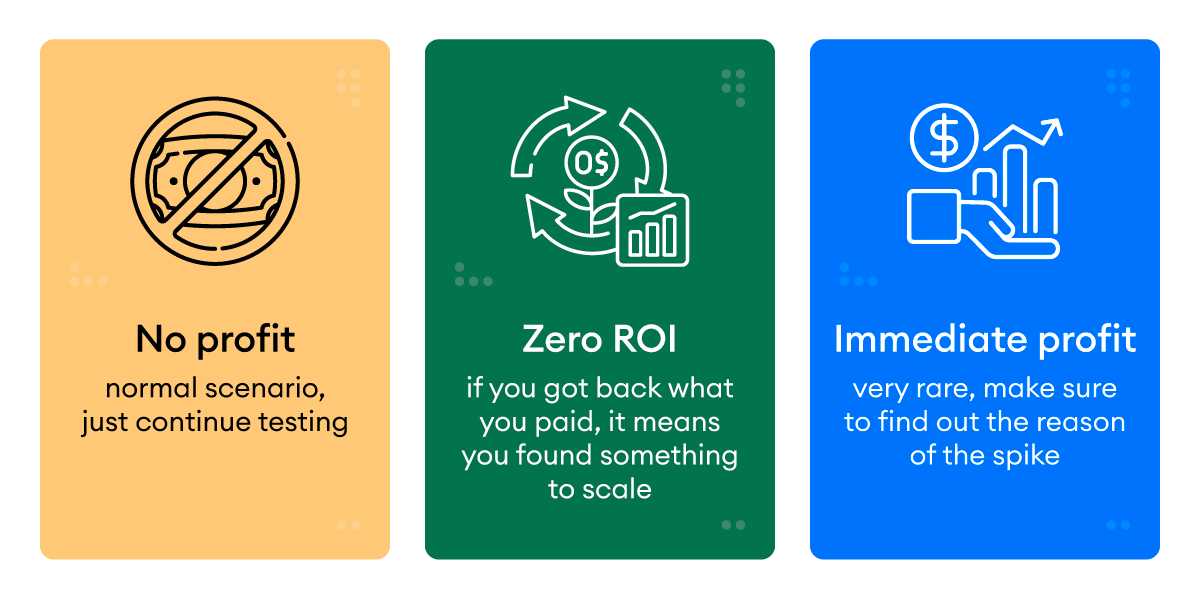
At this point, you need to start asking questions and do some solid tracking and emotion-free analysis to find answers.
Zones: Which ad placements drove the highest CR, and which are pulling your campaigns down? Find them and black-and-white list them accordingly at the next stage.
Creatives: Do you have any special creatives that outperform all others? Keep them. Do you have those that didn’t get any interest from the audience? Delete them.
Not sure you can make concrete conclusions yet? Continue testing and give it some time.
Stage 3: Optimization
The main stage is optimization itself, namely, actions you take based on previously collected and analyzed data.
Goal: refine your targeting, creatives, and other elements based on data.
Serge Abramov on targeting mistakes:
“One of my fellow affiliates once had a campaign where he thought he’d nailed the audience… until he realized he applied the wrong language for the chosen GEO. He accidentally chose German for Indonesia and got zero traffic – not a single click – because his targeting was pointing nowhere. A newcomer’s mistake? Maybe! But be careful with that even if you are a seasoned media buyer.”
So, what to do?
Ad formats
Why start here? Popunder is a low-cost testing option, which makes it perfect to start with a really wide reach to validate your initial GEOs/verticals. At PropellerAds, the cost of Popunder is a bid per 1000 impressions (CPM), so you can set a bid as low as $0.01.
Test tip: launch a small “bundle” of 3-5 landers/offers in parallel.
Push goes next due to its broad reach, like Popunder, but also with a higher interaction rate. We also have custom audiences for the Push format: users sorted by vertical preferences, age, and gender (Demographics and Interests Targeting).
Test tip: make sure to split-test different creatives and text (icons, banner images, CTAs). Take at least 3 different bundles.
In-Page Push is great on this stage for a couple of reasons – first, they give access to the iOS audience (no opt-in required); second, it’s great for warming your traffic into mid-funnel engagement.
After you see a winning offer/landers on Push and Popunder, add In-Page Push with the same assets to test lift in CR.
Test tip: compare CPC and CR; In-Page can have lower CPC ($0.001) but similar conversion quality.
Once you’ve validated key elements via Popunder/Push, test Interstitial to capture users at “pause points” (before they leave, for example) and expand your audience.
Test tip: For high-impact full-screen interstitials, you can also monitor user-experience metrics (bounce rate, time on page) alongside conversions.
Survey Exit targets an already “warmed-up” audience who just completed a thematic survey in a certain vertical (Finance, iGaming, Social, etc.). This format is great for scaling, since it’s more specific when it comes to audience, while it’s CTR and CR can be 4 times than higher than other formats!
Test tip: introduce Survey Exit to scale profitably and improve overall ROI after you hit zero ROI on Push/Popunder tests.
Get some traffic from Telegram Mini Apps for lead gen or subscription models.
Test tip: once you have a stable Push-to-landing-page flow, spin up a companion Telegram campaign to see if conversational retargeting boosts life-time value of your users. You can create a simple Messenger bot or channel link as the landing page.
By following this staged approach, you start with volume drivers, layer in engagement formats, then scale with high-intent and niche channels. We recommend using Smart Campaign to spin up all PropellerAds formats at the same time to compare performance head-to-head.
Zone/subzone and slices management
Create blacklists and whitelists for non-profitable and profitable zones. At PropellerAds, you can manage zones and subzones in the Statistics tab, where you can see their performance.
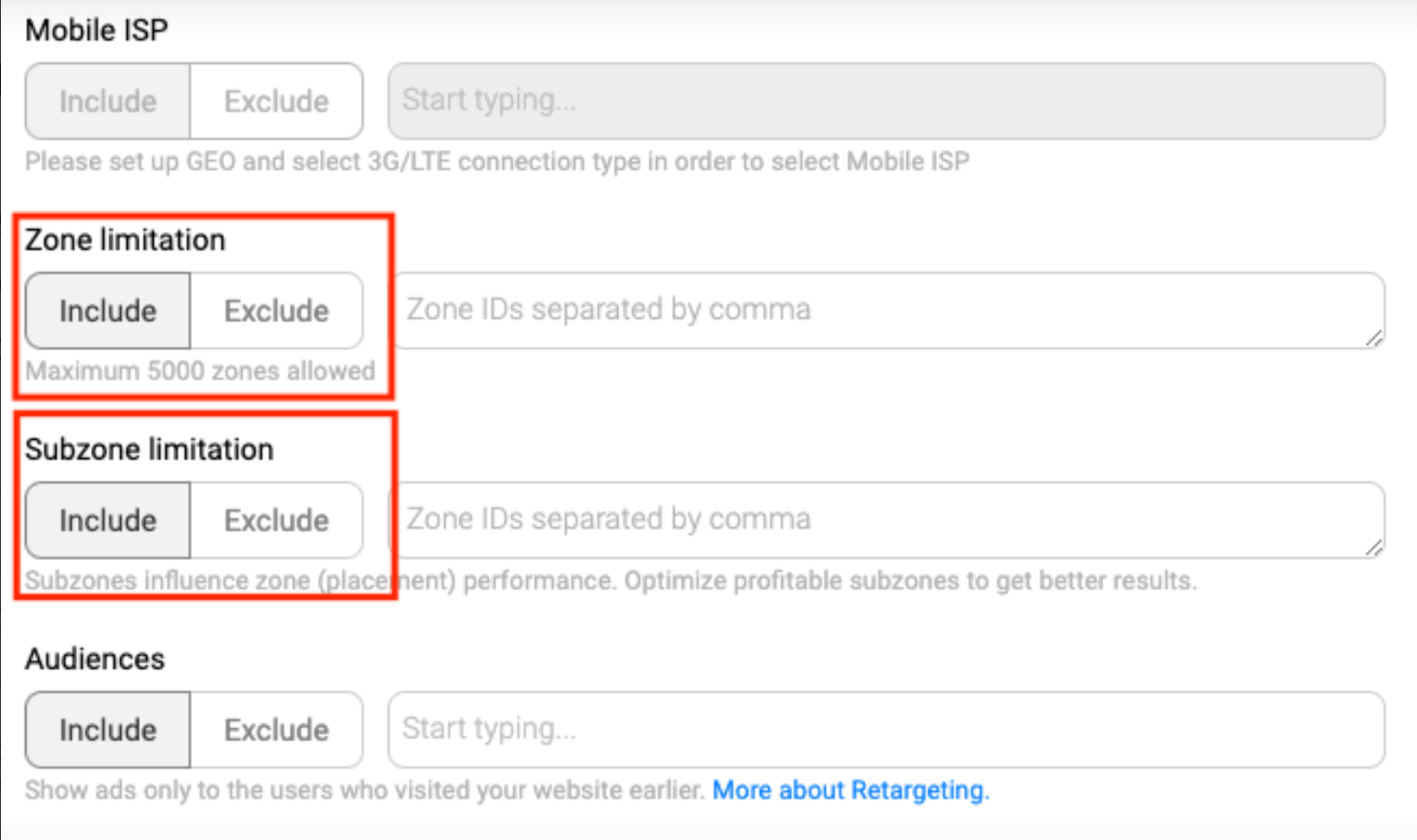
Optimize by slices, identifying and switching off the underperformers. Identify segments with high spend but low or zero conversions over a reasonable timeframe (24-72 hours after enough clicks) – these are your candidates for blacklisting. Take a look at:
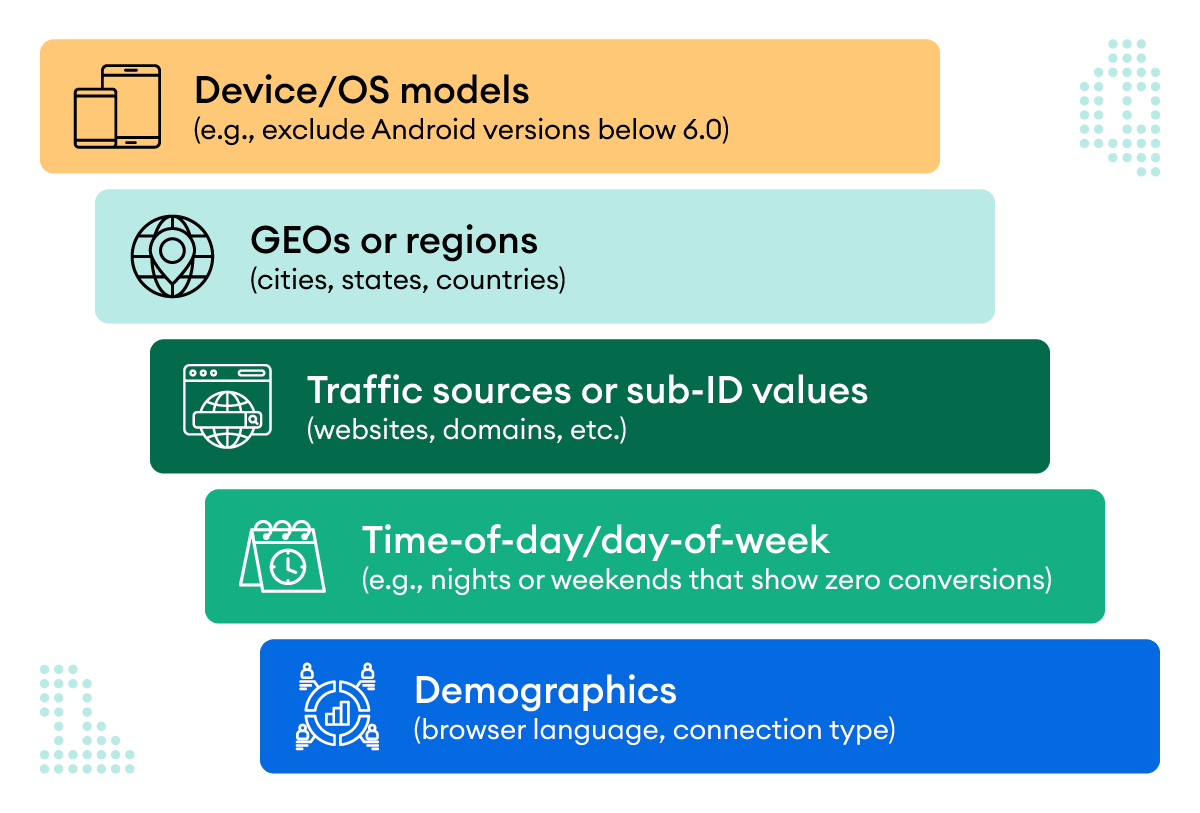
How to clearly understand what to rip off?
Use your tracker’s segmentation reports to spot outliers. Right in your PropellerAds campaign statistics, use built-in filters to slice by all the parameters listed above. Simply sort on Cost, EPC or ROI to find those bad apples, then add them to your blacklist.
For additional reporting, you may try trackers like BeMOB and Voluum – they are easily integrated with PropellerAds and provide actionable insights on underperforming slices.
Also, remember that trackers require careful settings and double or even triple checks, especially when it comes to links. Want another cool story from Serge? Here you go:
“A fellow buyer spent days complaining that his campaign wasn’t getting any traffic. He was seeing a recursion error instead of the offer page and begged the tech team for help. Turns out he’d pasted his tracker’s own URL as the offer link, so the tracker just kept redirecting back to itself, over and over.
Once I’ve made a similar mistake, the tracker I used had no built-in protection, which meant my campaign kept clicking on itself in an endless loop. It just… couldn’t stop. One click led to another, and another, until the tracker just crushed and stopped working.”
Some tips:
- Don’t rip off too aggressively. Remove the worst 10% first, then monitor for long-term effects. Especially watch segments that bounce back and forth – give them a small chance.
- Keep your black and white lists updated weekly.
- Of course, don’t forget to create a whitelist of the top 5-10% segments to prioritize.
Okay, we’ve covered the basics and now let’s move to another optimization instrument to make your approach more professional.
Rule-based Optimization
Another PropellerAds feature for auto-optimization that allows you to set auto-rules for your Push ad campaigns by a number of parameters. Our system will take your requirements into account, and whenever they are met, the algorithms will take actions to support and improve campaign performance.
Example rule: “If a device or sub-ID costs > $50 with zero conversions in 500 clicks, exclude.”
Or: “If EPC is below 20% of campaign average, exclude.”
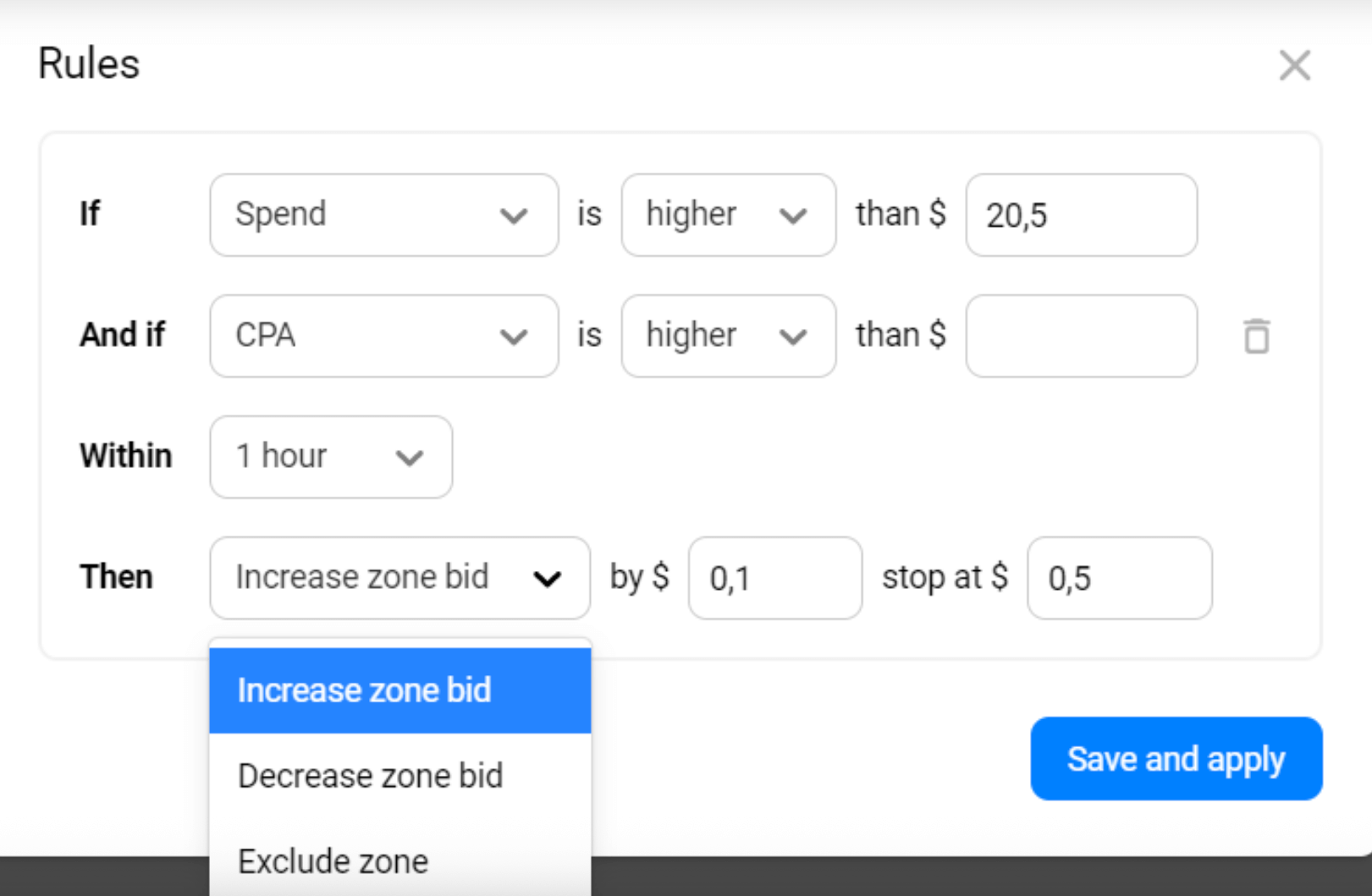
Remember: be demanding of yourself and make sure that you have a clear understanding of what you’re doing and why, backed by data and a logical hypothesis. “Optimizing by feel” may seem tempting, but leads to wrong cuts or boosts, which can eat your budget and ruin your strategy.
Stage 4: Scaling
Once you grow profitable campaigns that already show positive ROI, congratulations, it’s time to scale! Basically, there are two approaches to scaling: expanding within existing campaigns and launching a new test campaign. Which to choose?
- If you’re adding, say, 1-2 new GEOs on top of a high-volume campaign, simply expand the targeting.
- If you want to test 5+ new GEOs or a completely different mix of placements/OS, create a new campaign with the same winning assets but limited to those new slices.
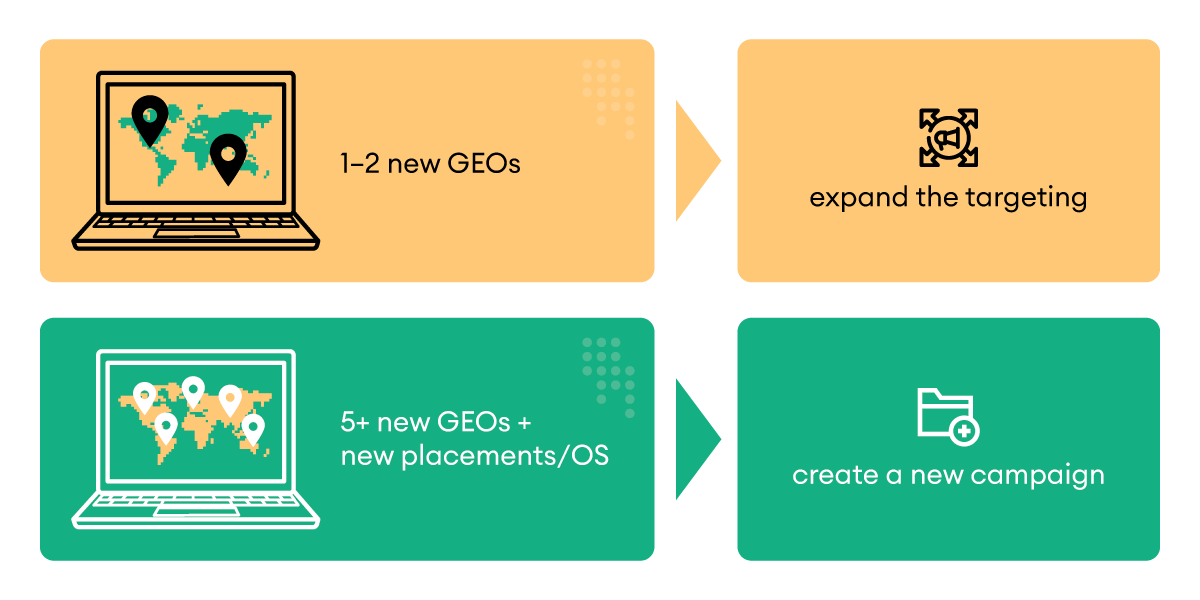
GEOs are used as an example, try also scaling by other parameters: browser/language, OS/device, time of the day, zones.
How to identify what to scale?
First, if you are wondering where to get those new GEOs and browsers for scaling, start with using your initial testing data.
Rank by EPC or CR in your Zones + Subzones targeting table in the PropellerAds dashboard. Sort by highest EPC or conversion rate for your winning combo.
Second, try a budget-backed test.
PropellerAds recommends for each new slice (GEO + OS + traffic source) a budget equal to x2 – x4 your target CPA.
Insight from our analytics team:
“To get really comprehensive results, you should test about 100 traffic sources (ad placements), spending x2 – x4 of the conversion price for each (this is true if the conversion price is low).
For example, if the conversion price is $0.3, then you should spend about $0.6 – $1.2 per slice (source + OS + GEO). Now multiply by 100 and voila – here is your total price for testing.”
Third, leverage CPA Goal auto-optimization for Push, Popunder, Interstitial, and Survey Exit campaigns. The algorithm will check zones, GEOs, and OS combos during its testing period and automatically shift spend toward the best-performing slices. Enable CPA Goal once you’ve validated at least one winning GEO in manual mode.
Okay, everything you’ve read before may sound a bit overwhelming, especially if you are new to campaign optimization. This is why we have some life hacks to share.
How to make this learning curve easier (and faster)?
Now let’s try optimizing your optimization learning curve! 😀 Some tips to make it easier:
- Rely on PropellerAds formats with auto-optimization (SmartCPM, SmartCPC, or CPA Goal) and optimization tools (Subzones management, Rule-based optimization).
- Check all the fields before you hit the “Launch” button: your bid, language, timing, and everything else. Also, double-check your tracker settings and URLs.
- Start with pre-tested pre-landers and Auto Creatives to avoid rookie mistakes.
- Talk to your account manager and ask other media buyers for advice (visit our Telegram chat).
- Read cases, but critically. Don’t just copy what is described in a case study (many public case studies can hide failed tests)! Instead, you can copy the bundles that work and adapt things to your campaigns.
- Keep it thoughtful by testing 1-2 hypotheses per test (like, “shorter headlines improve CTR by 10%”). List your assumptions and results in a simple spreadsheet to spot efficient patterns.
Psychology of the learning curve and common mistakes
Frequently, newcomers fail and burn out not because their offers are bad, but because they fall into common psychological traps, lack consistency, and patience. Always check yourself for:
- Panic over losses
Testing and optimization takes resources and it’s impossible to test without losses. Some of your hypotheses can turn out to be wrong, mistakes will happen, budget will be spent. Try to rethink this mindset and think of your dollars as an investment in data and decision-making skills.
- Obsession with failures
Red numbers in your stats will appear next to tiny victories – reaching 100 clicks or achieving a 2% CTR. Let these small steps forward motivate you.
- Quit immediately
Remember that the moment you want to quit can become your growth point. Make yourself a coffee, take a deep breath, and see what can be improved instead of quitting.
Turn losses into insights and frustration into fuel to move forward.
What does media buying mastery look like?
How do gurus of media buying work? Well, they also experience drops and make mistakes! However, some traits distinguish them:
- Super-vision before the launch: your predictive skills grow, you can identify patterns before the launch and assume what will work.
- Automation of the process: you rely on automation tools to build, track, and optimize campaigns.
- Data, not intuition: analytical decision making and data interpretation skills replace intuitive moves.
And the main thing… it never ends. Yes, the curve continues all the time, it just gets shorter and easier.
Instead of conclusion
To sum up, we will formulate all the optimization process in a convenient table:
| Stage | Do | Don’t |
| Initial testing |
|
|
| Data gathering |
|
|
| Optimization |
|
|
| Scaling |
|
|
We hope that your optimization would become easier and smarter now! And remember that your account manager got you covered, whenever you feel confused by the figures in your stats or don’t know which GEO to target.
Good luck and happy optimizing!
Join our Telegram for more insights and share your ideas with fellow-affiliates!
